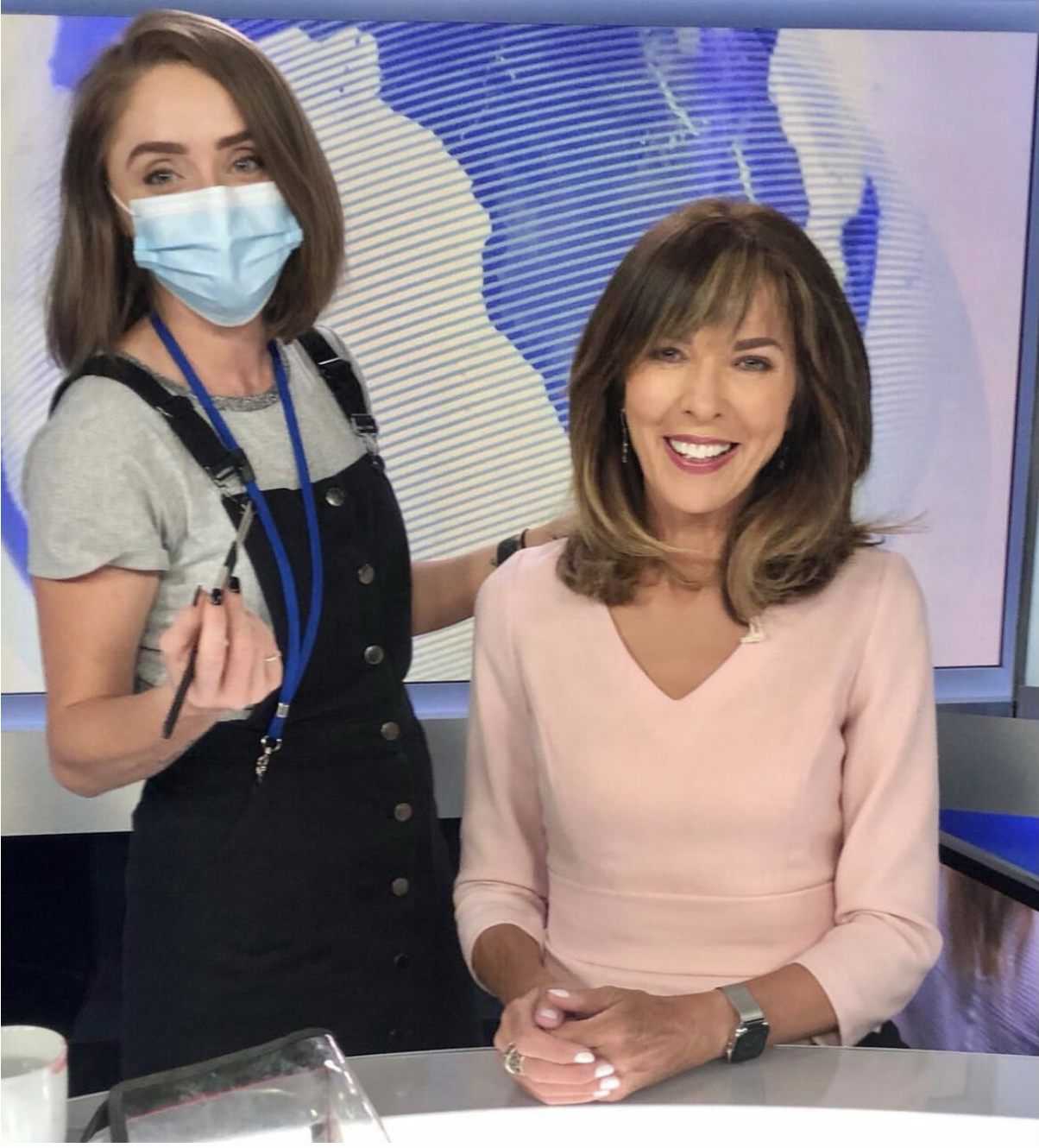Makeup for Television and Film: Techniques for Achieving a Natural Look on Camera
As a makeup artist, working in television and film requires a different skill set than traditional makeup artistry. On camera, everything is amplified, and it's crucial to create a natural look that looks good both in person and on the screen. In this article, we'll go over some techniques for achieving a natural look for television and film.
Prepping the Skin Prepping the skin is an essential step in achieving a natural look on camera. Start with a good skincare routine to ensure the skin is hydrated and free of any dry patches. Use a primer to create a smooth canvas for the makeup application. Using a primer can also help the makeup last longer.
Light-Handed Application When applying makeup for television and film, it's essential to apply the product with a light hand. The camera can pick up even the slightest bit of excess product, making it look caked on. Use a stippling brush or sponge to apply foundation and build up the coverage slowly. Avoid applying too much concealer, as it can look unnatural on camera.
Blending is Key Blending is essential when it comes to achieving a natural look on camera. Use a blending brush to ensure that there are no harsh lines and everything looks seamless. Blend the eyeshadow outwards and upwards to create a natural-looking transition. Blend the contour and blush in well to avoid any harsh lines.
Stick to Neutral Tones Neutral tones work best for television and film makeup. Stick to shades that are close to the skin tone to create a natural look. Avoid using too many bright or bold colors, as they can be distracting on camera.
Highlight and Contour Highlight and contour can help add dimension to the face and make it appear more natural on camera. Use a matte contour shade to create a natural-looking shadow under the cheekbones and along the jawline. Apply a highlighter to the high points of the face to bring out the features.
Set the Makeup Setting the makeup is crucial for ensuring it lasts all day and looks good on camera. Use a translucent powder to set the foundation and concealer in place. Avoid using too much powder, as it can look cakey on camera.
Touch-ups It's essential to carry a touch-up kit on set for touch-ups throughout the day. Use blotting papers to remove any excess oil, and touch-up the powder throughout the day to ensure the makeup stays in place.
In conclusion, achieving a natural look on camera is all about creating a smooth and seamless canvas with light-handed application and blending. Stick to neutral tones, use highlight and contour to add dimension, and set the makeup with a translucent powder. With these techniques, you'll be able to create beautiful, natural-looking makeup for television and film.
My Makeup Course graduate Keteta Jessop touching up Channel 10 news reader Jennifer Keyte before going to air.

